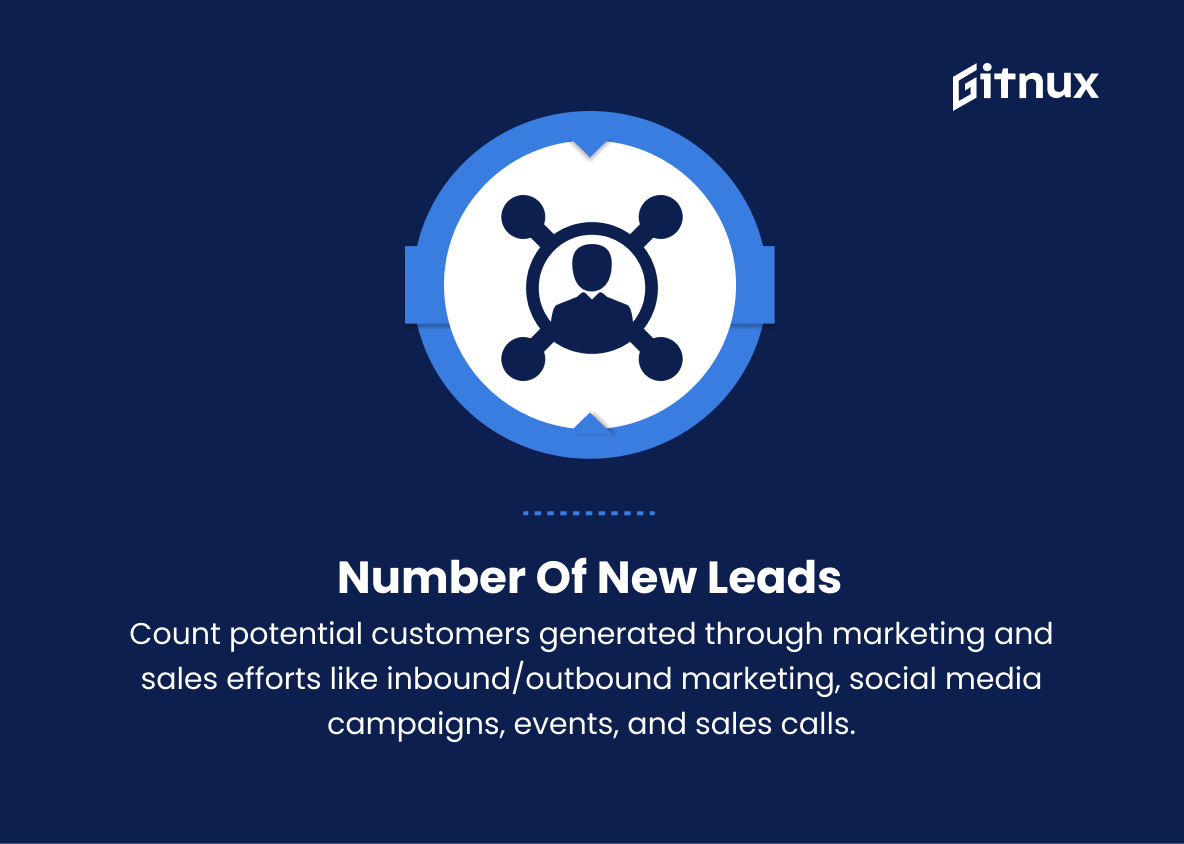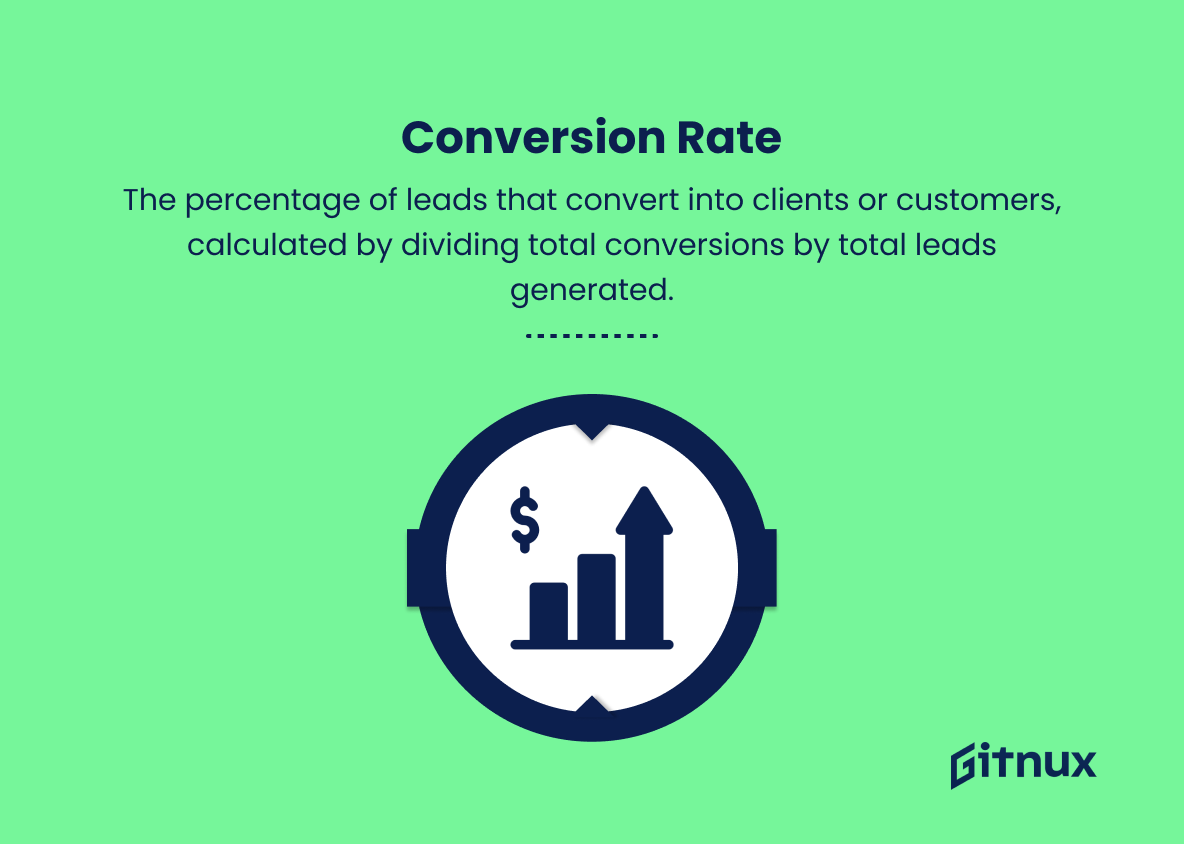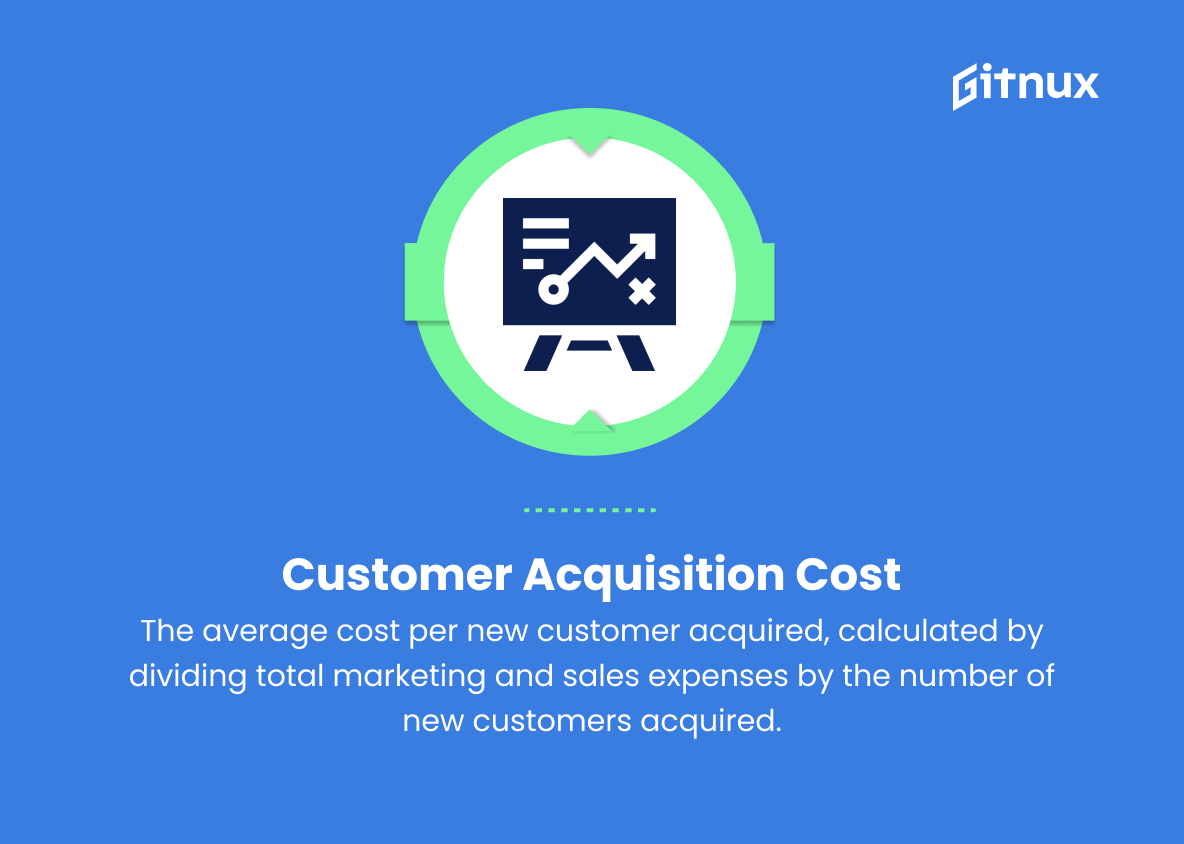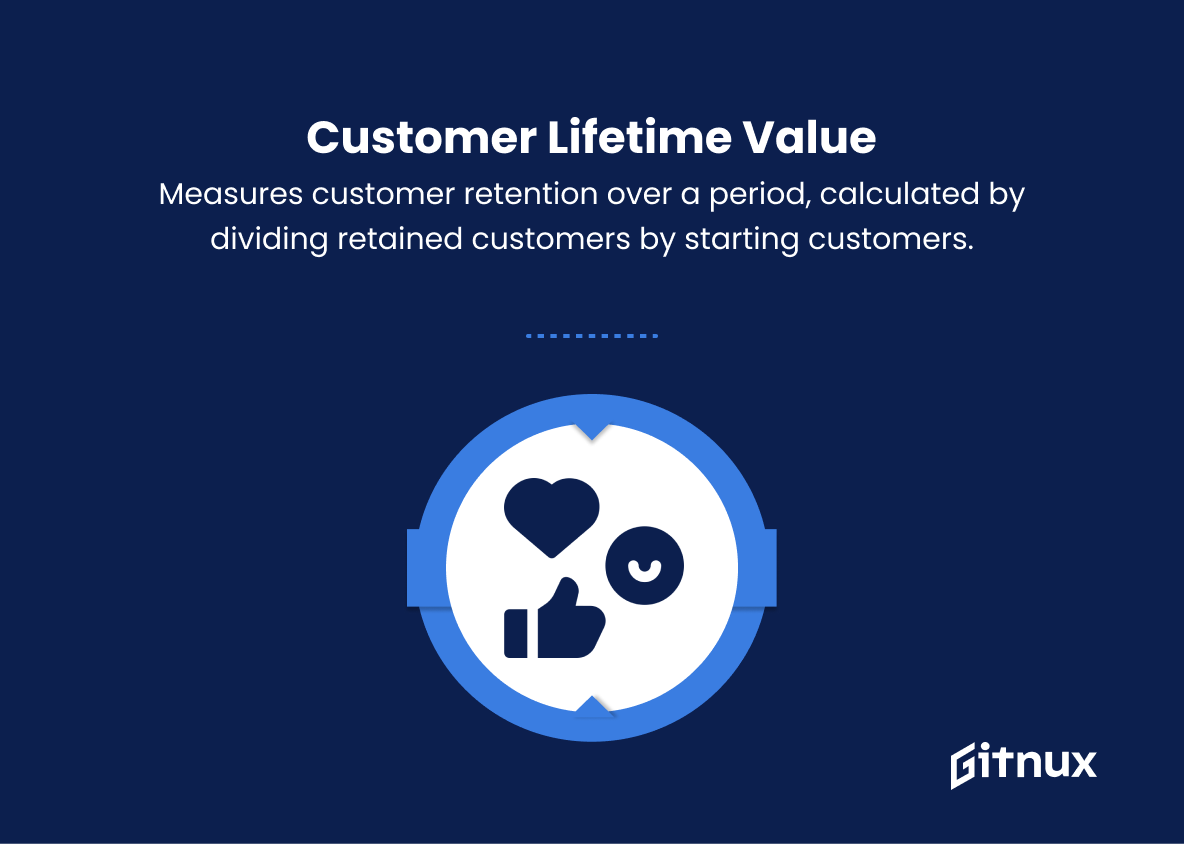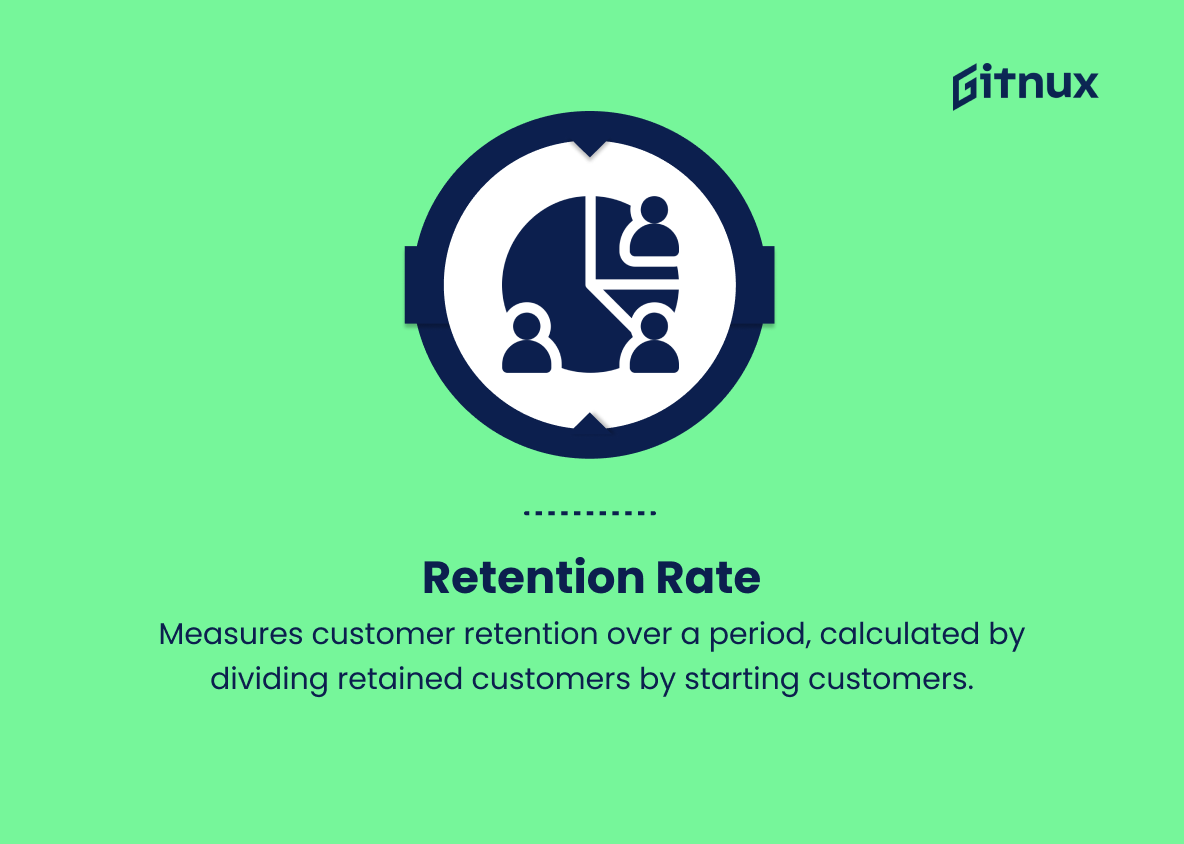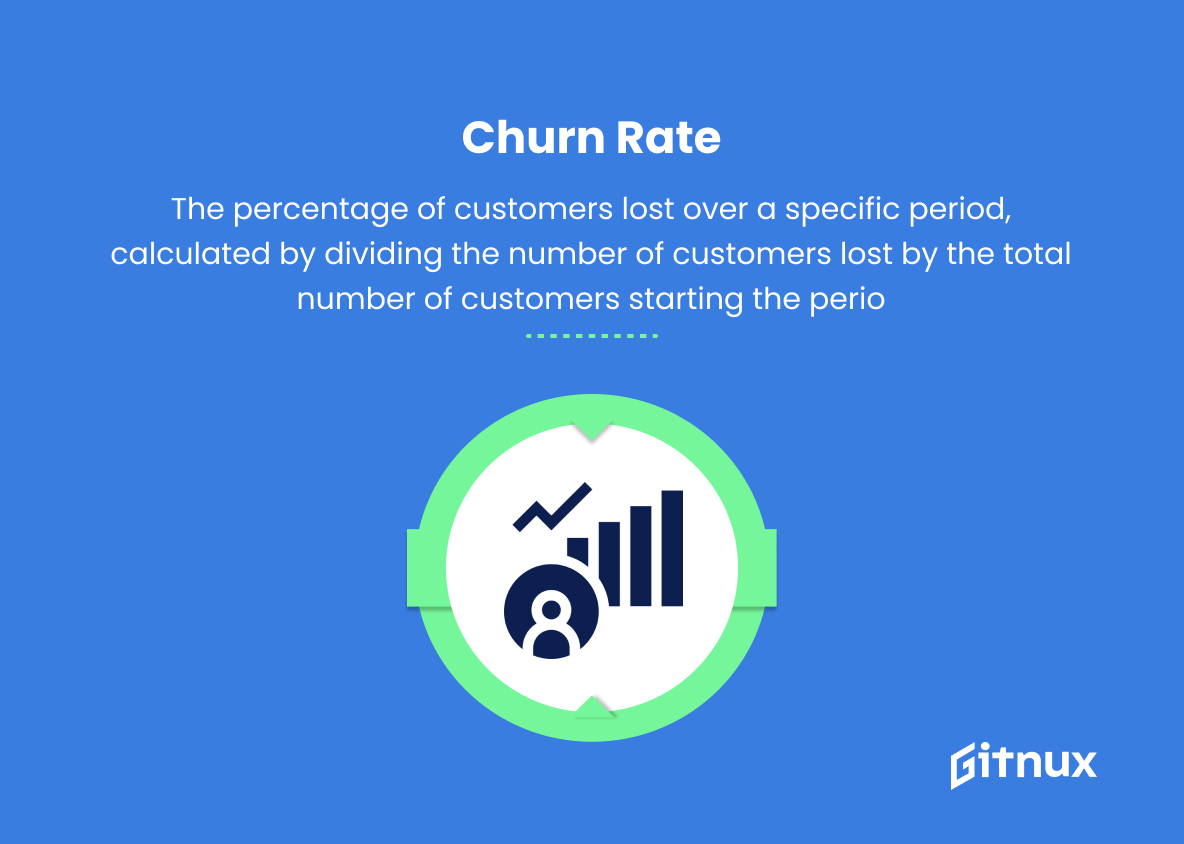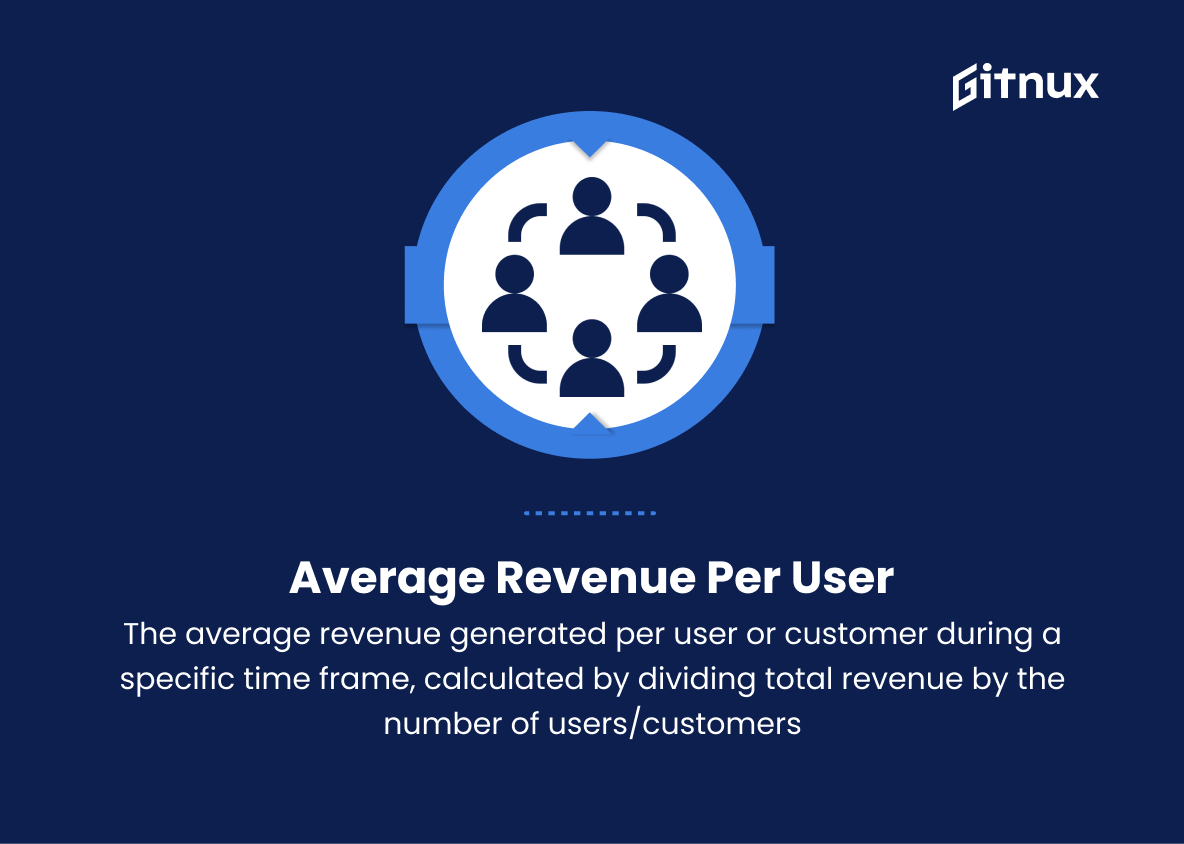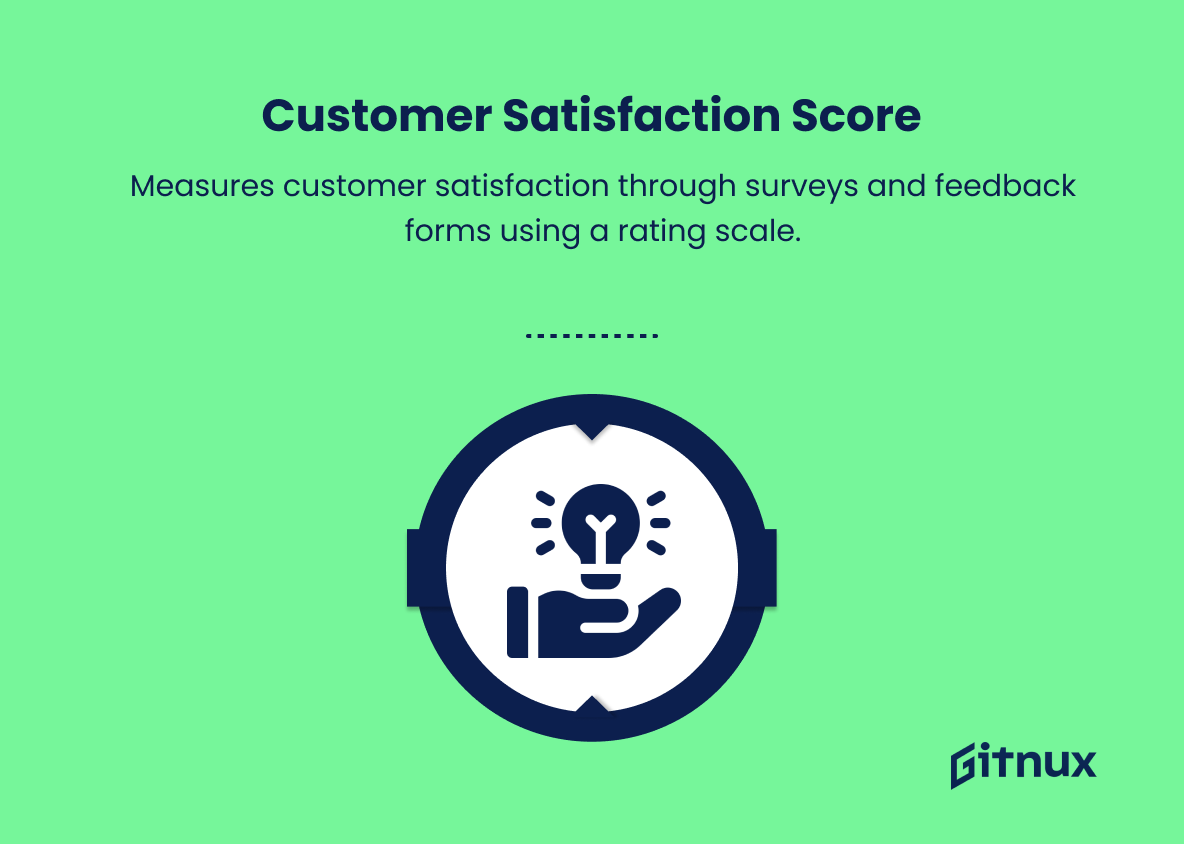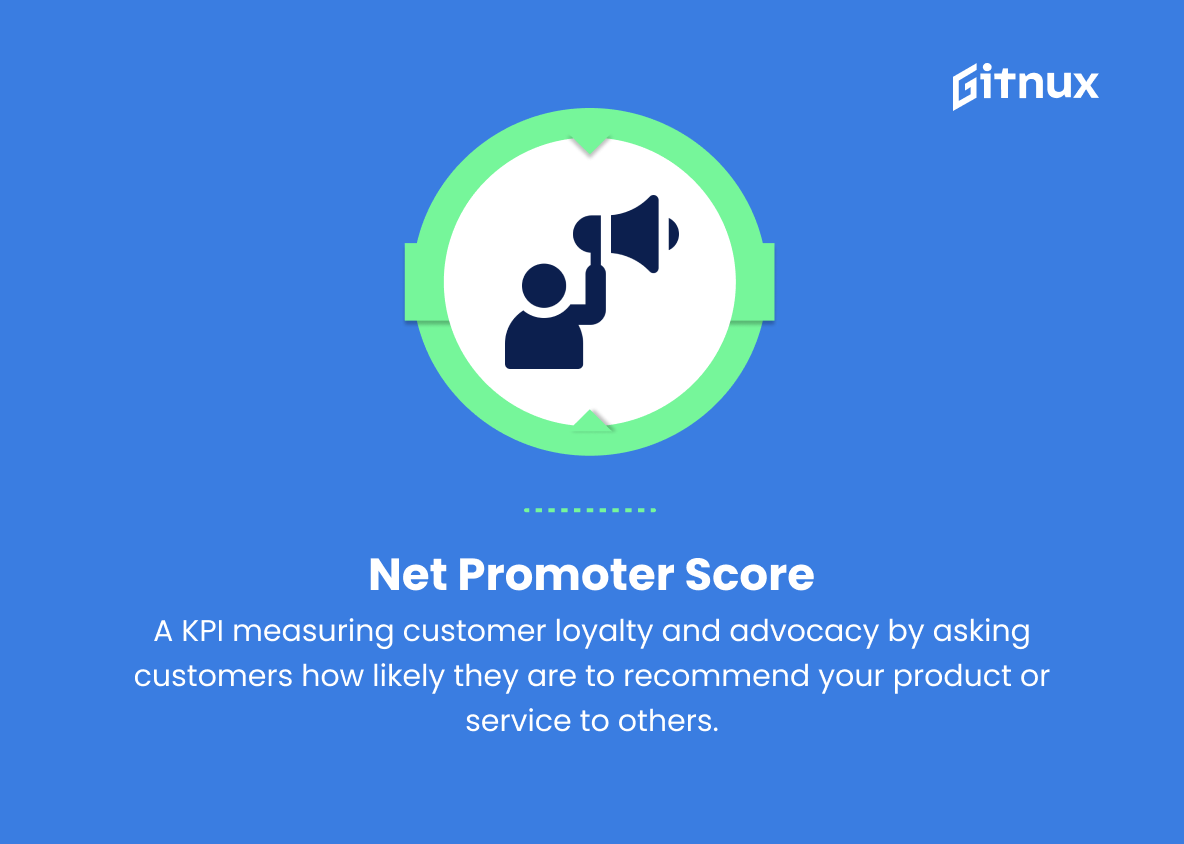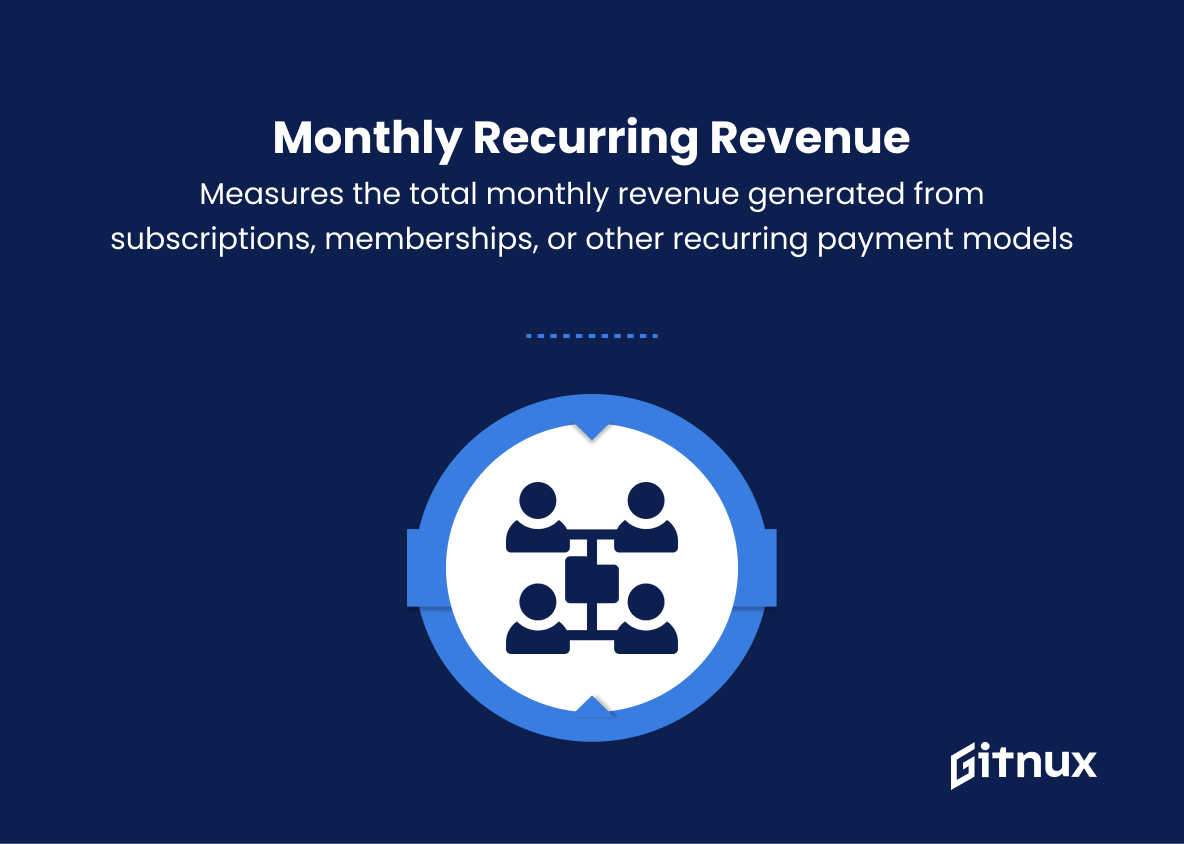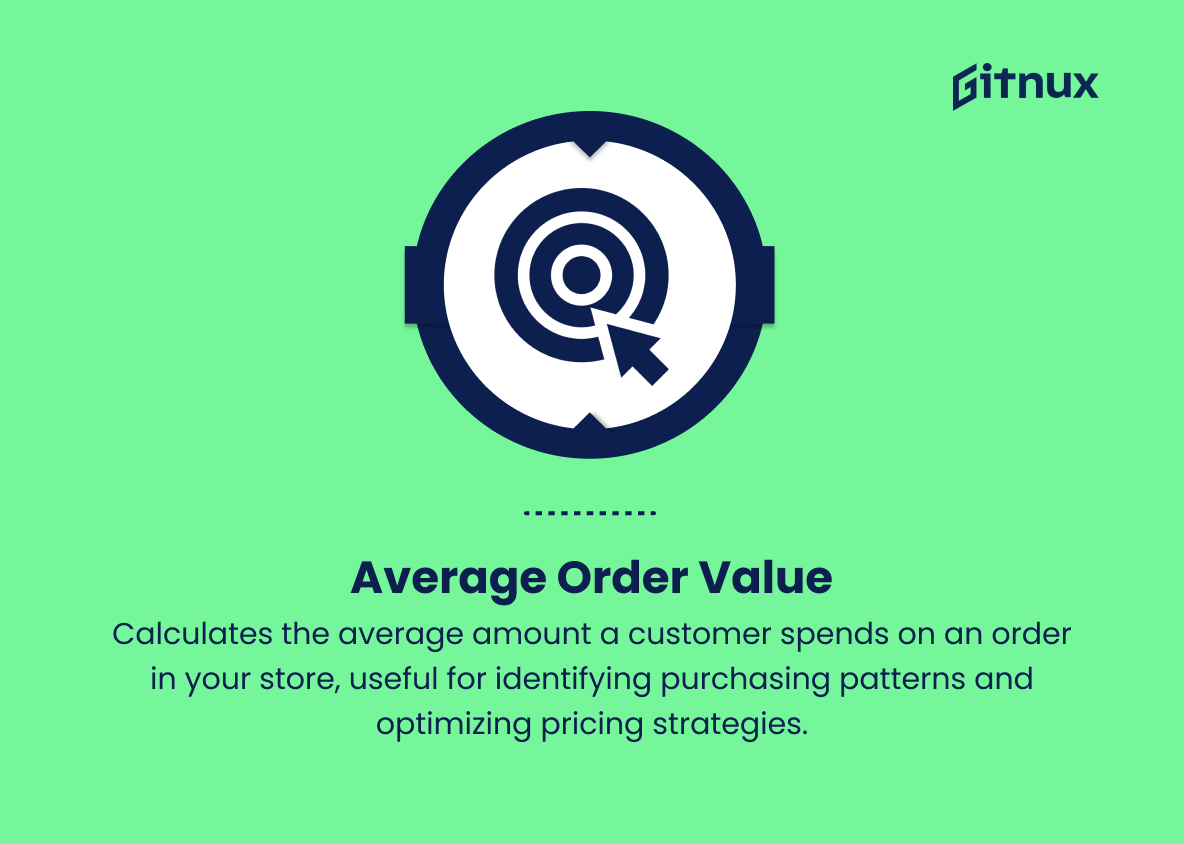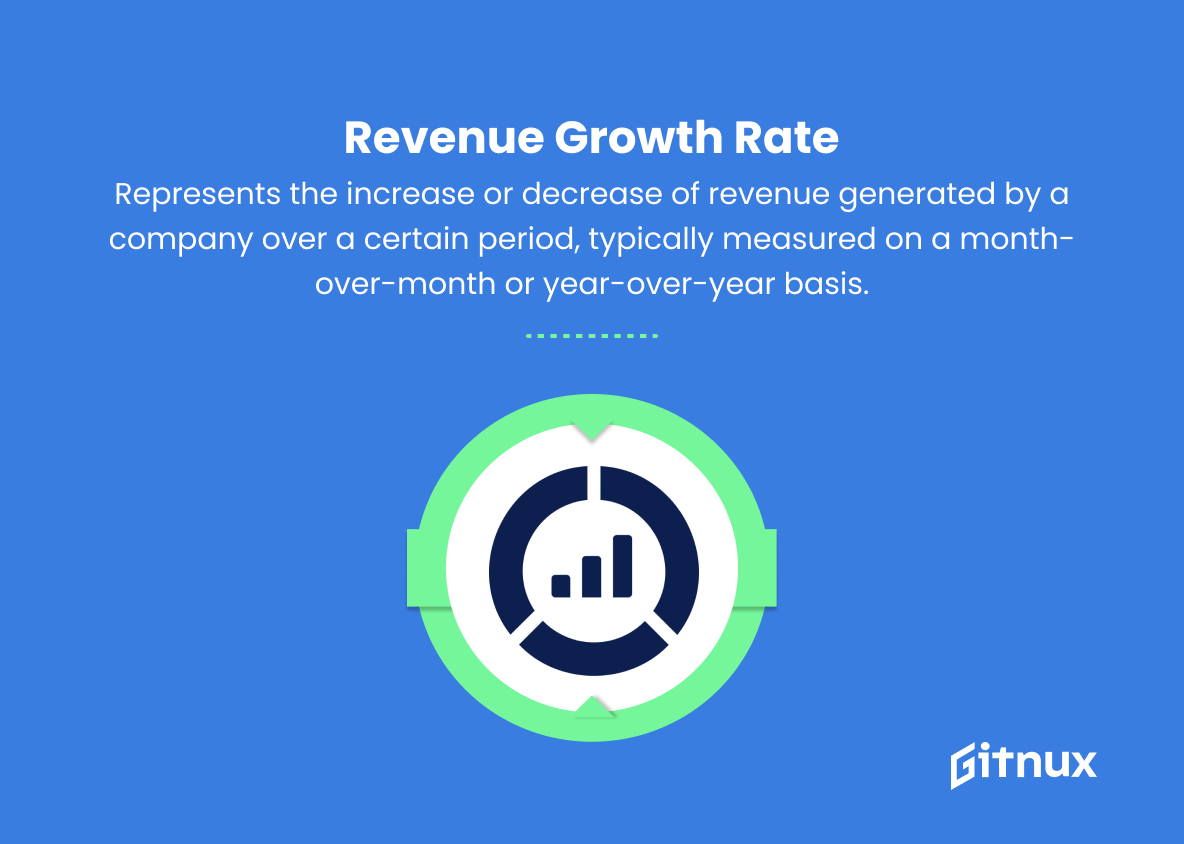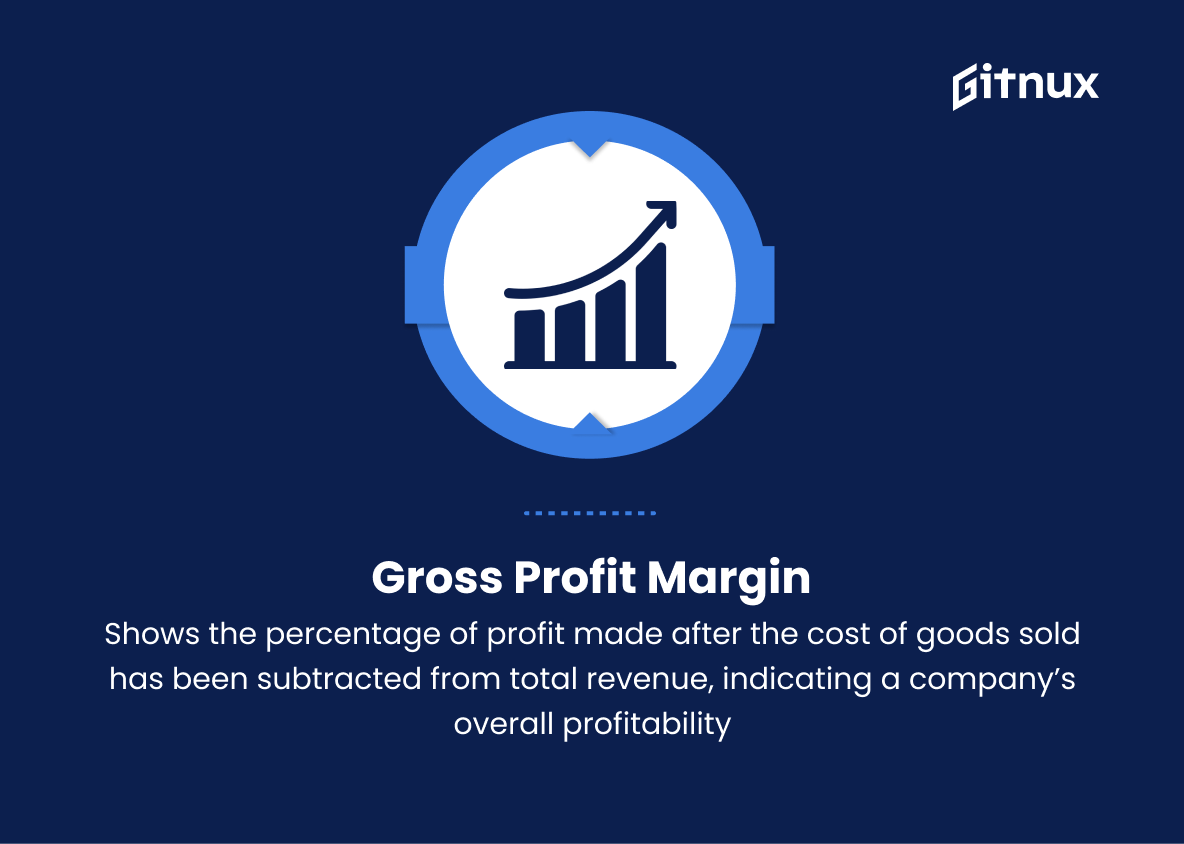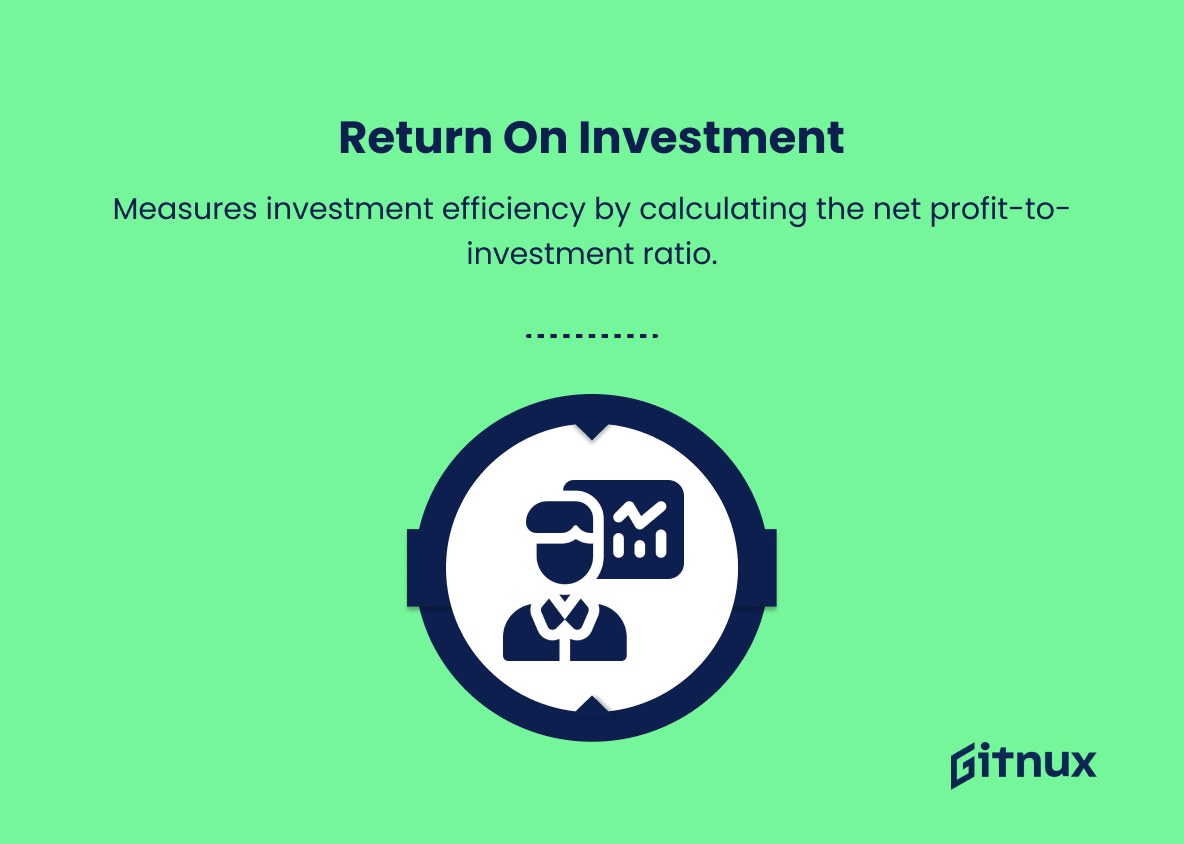In today’s competitive business landscape, consistent growth and success depend on effectively tracking, analyzing, and optimizing various aspects of company performance. One such critical area in the pursuit of excellence is the realm of Customer Operations (Coo). As a discipline that encompasses everything from customer service and support to overall customer satisfaction, well-defined Coo KPIs are essential for businesses to thrive.
In this insightful blog post, we will delve into the world of Coo KPIs and explore their significance, diverse applications, and the most effective metrics to employ for profoundly shaping your organization’s approach to customer success.
Coo KPIs You Should Know
1. Number of new leads
Counts the number of potential customers or clients that you have generated through different marketing and sales efforts, like inbound and outbound marketing, social media campaigns, events, and sales calls.
2. Conversion rate
The percentage of leads that turn into actual clients or customers, calculated by dividing the total number of conversions by the total number of leads generated over the same period of time.
3. Customer acquisition cost (CAC)
The average amount of money spent to acquire a new customer, calculated by taking the total marketing and sales expenses of a given period and dividing it by the number of new customers acquired in that period.
One such critical area in the pursuit of excellence is the realm of Customer Operations (Coo).4. Customer lifetime value (CLV)
This KPI calculates the estimated revenue a company is expected to receive from a single customer throughout their entire business relationship.
5. Retention rate
Measures the ability of a company to retain its customers over a given period of time, calculated by dividing the number of customers retained by the number of customers at the start of the period.
6. Churn rate
The percentage of customers lost over a specific period, calculated by dividing the number of customers lost by the total number of customers starting the period.
7. Average revenue per user (ARPU)
The average revenue generated per user or customer during a specific time frame, calculated by dividing total revenue by the number of users/customers.
8. Customer satisfaction score (CSAT)
Measures the level of satisfaction a customer has with your product or service, typically captured through surveys and feedback forms asking users to rate their experience on a scale.
In today’s competitive business landscape, consistent growth and success depend on effectively tracking, analyzing, and optimizing various aspects of company performance.9. Net promoter score (NPS)
A KPI measuring customer loyalty and advocacy by asking customers how likely they are to recommend your product or service to others. A higher score indicates higher customer satisfaction and willingness to promote your brand.
10. Monthly recurring revenue (MRR)
Measures the total monthly revenue generated from subscriptions, memberships, or other recurring payment models.
11. Average order value (AOV)
Calculates the average amount a customer spends on an order in your store, useful for identifying purchasing patterns and optimizing pricing strategies.
12. Revenue growth rate
Represents the increase or decrease of revenue generated by a company over a certain period, typically measured on a month-over-month or year-over-year basis.
13. Gross profit margin
Shows the percentage of profit made after the cost of goods sold (COGS) has been subtracted from total revenue, indicating a company’s overall profitability.
14. Return on investment (ROI)
Measures the efficiency of investments in advertising, marketing, or other business-related activities to determine whether they are profitable by calculating the ratio of net profit to the initial investment.
Coo KPIs Explained
The aforementioned KPIs are crucial for a company’s growth and success, as they provide valuable insights into various aspects of the business. The number of new leads is important to gauge the effectiveness of marketing and sales efforts to attract potential customers. Conversion rate shows the efficiency of the sales process in turning leads into actual clients or customers. Customer acquisition cost (CAC) and customer lifetime value (CLV) assist in understanding the profitability and long-term viability of acquiring and retaining customers.
Retention rate and churn rate enable a company to monitor its success in maintaining customer relationships and identifying areas for improvement. Average revenue per user (ARPU) and customer satisfaction score (CSAT) help assess the company’s ability to generate revenue and satisfy customer needs. Net promoter score (NPS) measures customer loyalty and advocacy, which is essential for brand promotion and sustained success. Monthly recurring revenue (MRR), average order value (AOV), and revenue growth rate track the financial health and growth of the company.
Gross profit margin indicates overall profitability, while return on investment (ROI) guides a company in making strategic decisions for marketing, advertising, and other business-related investments. Together, these KPIs form a comprehensive picture of a company’s performance, customer satisfaction, and long-term financial viability, allowing for informed decision making and strategic planning for future growth.
Conclusion
In conclusion, effectively monitoring and utilizing the right set of Key Performance Indicators (KPIs) is crucial in ensuring the success and growth of any Chief Operating Officer’s (COO) organization. By focusing on these metrics, COOs can gain valuable insight into the efficiency of their operations, the satisfaction levels of their customers and team members, and the overall financial health of the business.
In a world of increasing competition and rapid technological advancements, staying ahead of the curve by making data-driven decisions is vital for long-term success. Keep refining and reevaluating your chosen KPIs to foster continuous improvement, and ultimately, guide your organization towards sustained success.
